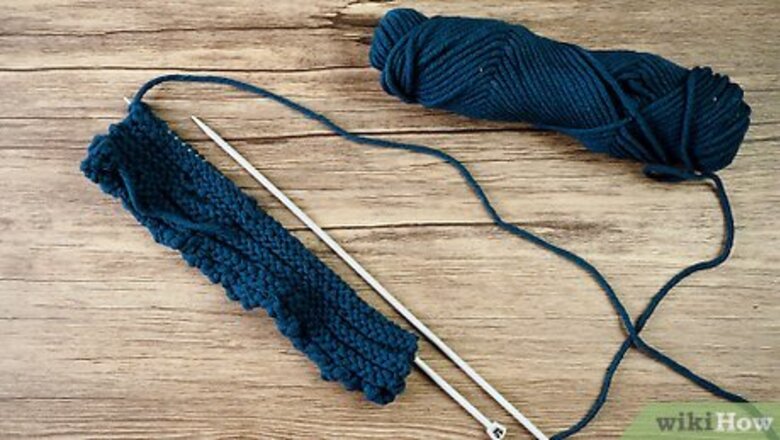
views
Creating Short Rows
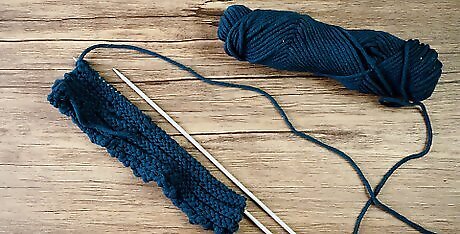
Follow your sock pattern until it says to "turn and make a double stitch." Your sock pattern will have you work from the toe to the heel or from the cuff to the heel. Either way, you'll need to follow the pattern until you're instructed to begin the heel.Tip: Your pattern should also say how many stitches the heel is worked over. For example, a sock heel might be knitted over 30 stitches, which is around half the number of stitches for each entire sock row. At this point, you'll have either the toe and foot portion finished or you'll be done with the cuff and leg portion.

Slip the first stitch off purlwise. To slip a stitch (sl st), bring the working yarn in front and insert the working needle into the front first stitch. Pull the needle away so the stitch slides onto the working needle. Then, move the working yarn behind the needle. You'll need to bring the yarn to the front regardless of whether you're working the front or back of your sock.
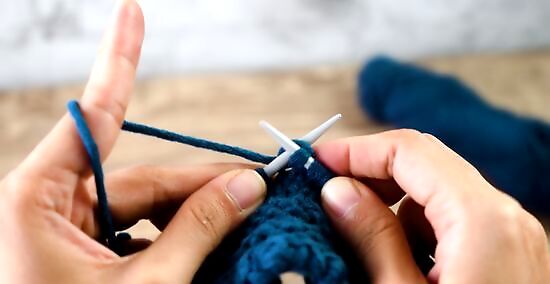
Knit or purl across the rest of the row. Follow your pattern's instructions to determine if you should knit or purl. If you're purling, remember to keep the working yarn in the front. To knit, leave the yarn behind the needle. For example, your pattern may say, "Purl to the last heel stitch," or "purl across the heel". When you look at the first heel row you completed, the first stitch you made should like 2 stitches that are connected.
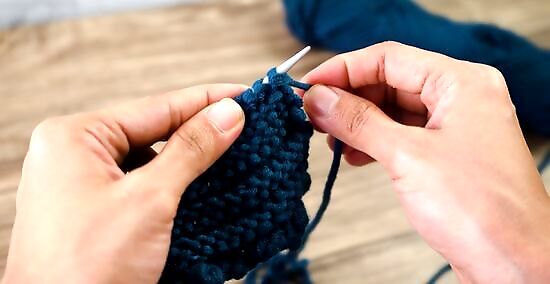
Turn the work and make a double stitch (DS). Flip your work over and keep the working yarn in front. Insert your needle purlwise and slip the stitch off. Then, pull the working yarn behind the needle so your stitch looks like a double stitch. Remember to tug on the yarn as you bring the working yarn back in order to make the double stitch.
Making the Heel
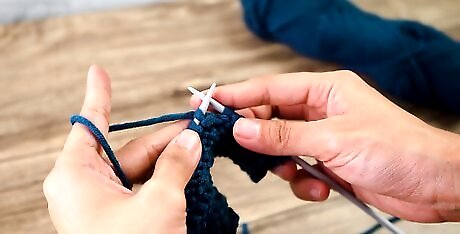
Work the row up to the last double stitch. Now, knit or purl across the second row according to your pattern. Don't knit or purl the final stitch on your needle, which should be a double stitch. The pattern might say something like, "Knit to next double stitch."
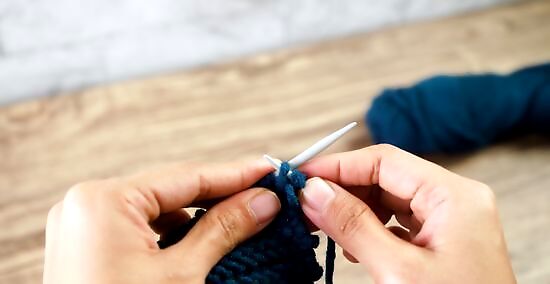
Turn and make a double stitch before working the row. You won't be working the last stitch so just flip your work. The double stitch will already be on your needle and then you'll need to make another one before you knit or purl across the rest of the row. Remember to not work the double stitch at the end of the row. This will be the beginning of your third short (heel) row.
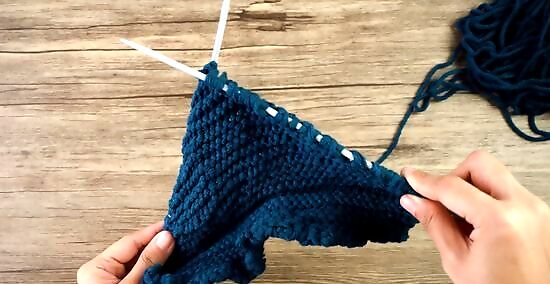
Repeat this until you've made the number of DS called for. Your pattern will tell you to make a certain number of double stitches on both sides of the heel. For example, it may tell you to complete 10 or 11 stitches on both sides. The fabric between these double stitches is what will form the heel for your sock.
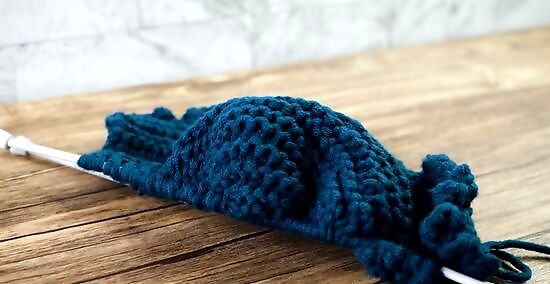
Knit or purl the double stitches (DS) together. See if your pattern calls for you to knit or purl the next row. Then, treat each double stitch as though it were a single stitch instead of 2 separate loops. Knit or purl across the entire row.Tip: Keep in mind that your stitch count won't change since you're not making or combining stitches. Working over the double stitches will probably feel similar to knitting 2 together or purling 2 together.

Continue following your sock pattern. Once you've made the heel, keep knitting to make the cuff or the body of the sock to the toes. Keep in mind that since you made short rows, there's no need to make a heel flap or gusset. You shouldn't have any gaps that usually come from using a wrap and turn method to make sock heels.

















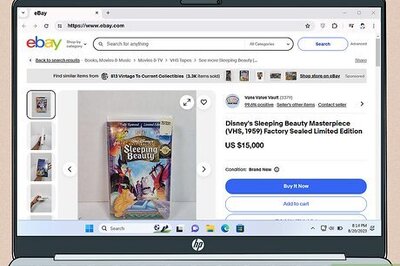
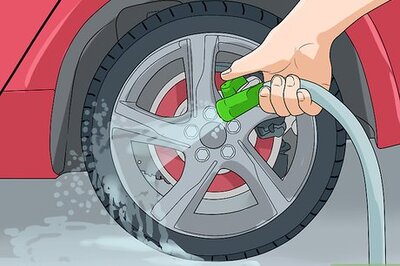
Comments
0 comment